
All About Etrusca, Where Tuscan Tradition Gets Reinvented in the Financial District
Editor’s Note: Sadly, Etrusca closed its doors on June 8. This article was originally published on February 10.
Before you go to a restaurant, what do you want — or need — to know most? In our series, The Rundown, we’re sharing all the essentials about newly opened (as well as some of your favorite) restaurants.
In this edition, we’re looking at Etrusca, a new Italian restaurant specializing in Tuscan fare and biodynamic wines that opened in early January in the Financial District, led by executive chef Elisa Da Prato. Here’s everything you need to know about Etrusca before you go.
1. The chef might be familiar to some.
Etrusca is a bit of a homecoming for chef Elisa Da Prato. In 2019, Da Prato opened Elisa, an eponymous restaurant in the Tuscan town of Barga, Italy, where she was known for her floral, rustic cuisine inspired by the bounty of the Tuscan countryside: Think pear tortellini in porcini broth, crostini platters decorated with local honey and figs, or a Caesar salad made with wild herbs and asparagus.
Prior to that, the native of El Paso, Texas was based in Brooklyn, where she got her start hosting unique private dinners out of her own apartment, which eventually led to pop-ups at local restaurants. Due to the lockdowns enforced all over Italy at the height of the COVID-19 pandemic, Da Prato made the ultimate decision to close Elisa in the fall of 2020. Operating a restaurant in Italy inevitably helped her come up with the concept for Etrusca, which opened quietly in late December.
2. The restaurant is a blend of ancient and contemporary Tuscan traditions.
Da Prato has a passion for studying Old-World recipes and horticultural practices and seeks to incorporate them into the dishes she serves at Etrusca. Through the restaurant’s name, which literally means “Etruscan woman,” and through its cuisine, she aims to personify the image of an ancient mountain woman. “Etruria was the civilization before Rome,” she says. “[The Etruscans] were joyful, passionate partakers of life. I love the idea of ancient femininity and an image that would conjure up an idea of Italy that’s not commercialized.”
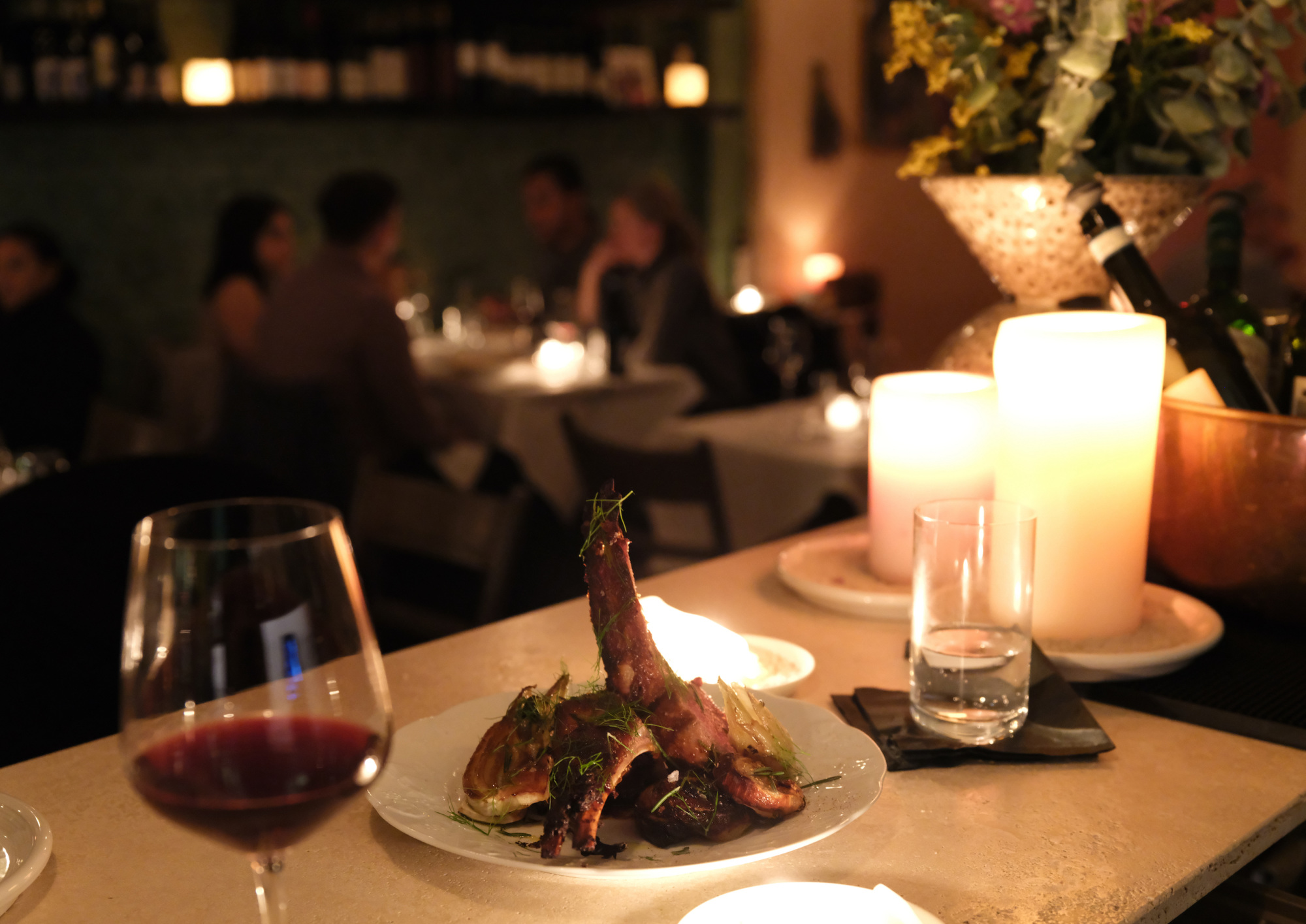
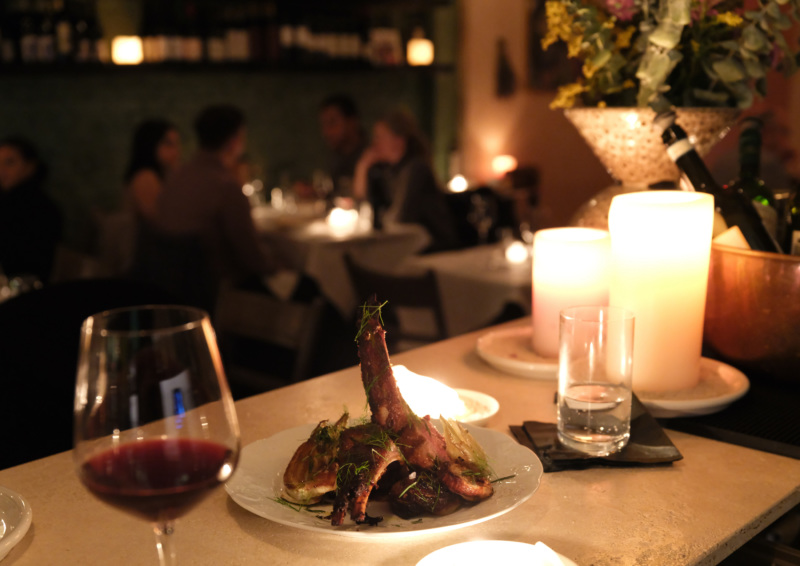
3. Ergo, this is not your typical Italian American red sauce joint. Or your traditional Italian restaurant, either.
Barga, a medieval mountain town in the Tuscan province of Lucca, has been the Da Prato family home for generations, and it was the time Da Prato spent there as a child and young adult that inspired her signature culinary style, which places an emphasis on sourcing local ingredients and utilizing botanicals. Case in point: a fried quail, battered with imported Italian chestnut flour and sprinkled with fig leaf dust.
At her restaurant in Italy, Da Prato says, “The menu was based on foraged ingredients, wild ingredients, mountain ingredients, seasonal ingredients that reflect the geography of this place which is a virtually untouched region.” And at Etrusca, she’s bringing that same rustic, lush vibe to Manhattan where she’s recreating those same flavors through “maniacal sourcing of the finest ingredients that New York and New England have to offer.”
Looking ahead to Valentine’s Day, for instance, there’ll be an a la carte menu featuring a number of specials, as well as menu staples like the lamb chops with maple and roasted fennel, and the aptly named pink salad, composed of radicchio, roasted grapefruit, and bergamot.
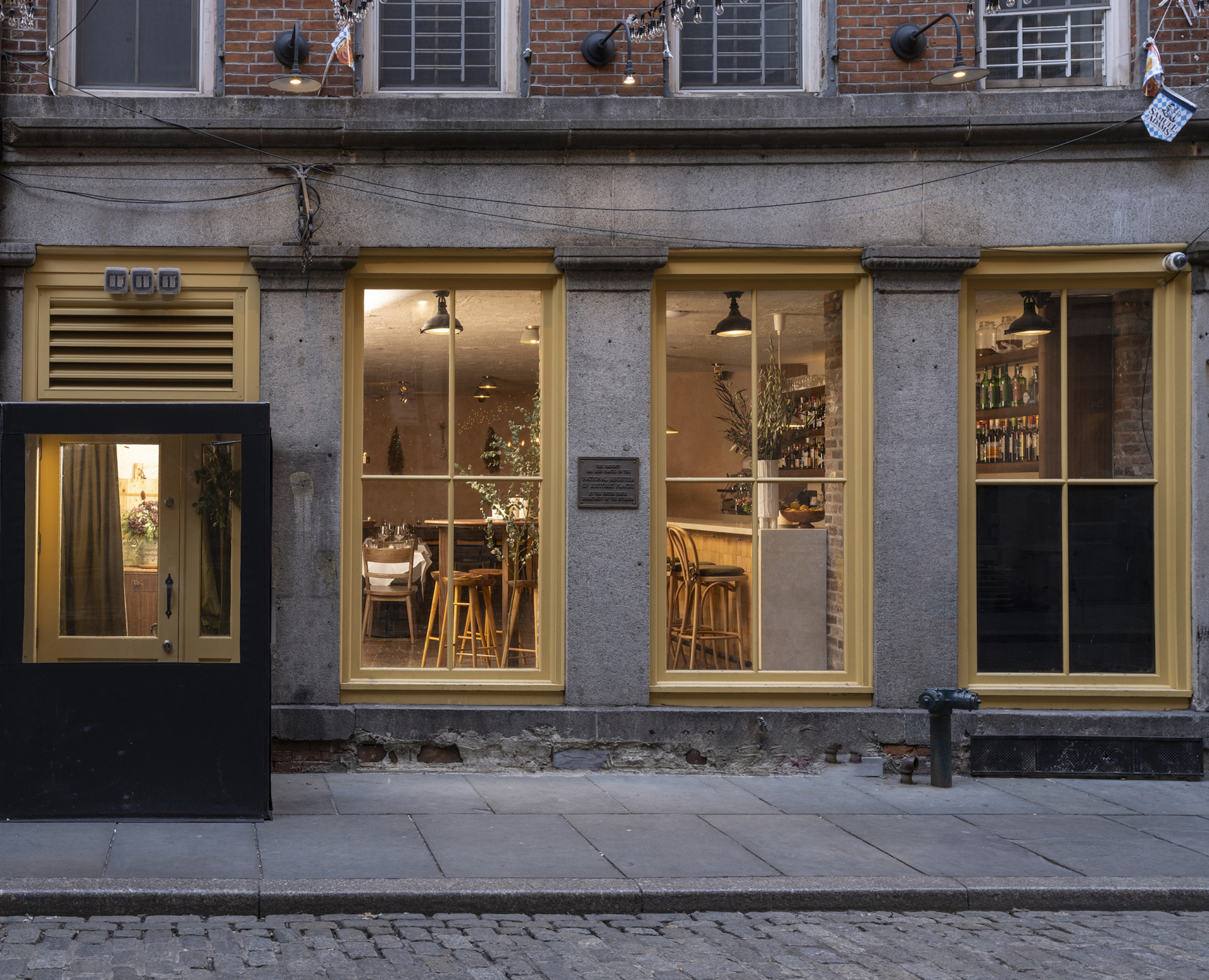
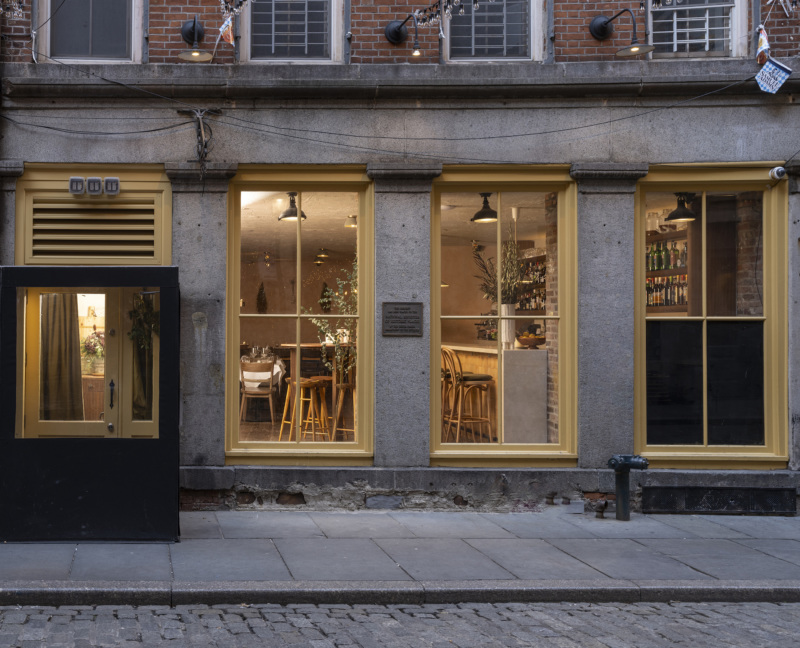
4. Family recipes and traditions are at the heart of the restaurant.
Not only will you find some of Da Prato’s own family wines on the wine list — her cousin owns a vineyard, Podere Còncori, in Lucca — but homestyle cooking, often referred to in Italian as casa linga, influences much of the menu at Etrusca, too. “So much of our food is based on those dishes,” Da Prato explains. Recently, she created a dessert special based on her grandmother’s centuries-old recipe for colomba, a nutty, lemony cake made with only a few ingredients.
The decor and vibe at Etrusca are also heavily influenced by family history and Tuscan restaurant tradition. The thick wooden wine shelves that decorate the walls at Etrusca are, “an ode to one of my favorite restaurants in Florence,” Da Prato explains. A print of “Fränzi in Front of Carved Chair” by German painter Ernst Ludwig Kirchnur hangs on the wall of the restaurant, a nod to her grandfather, who was also a painter and had a print of the same painting in his office.
5. There’s not a bad seat in the restaurant.
Whether you sit at the bar, at a table in the main dining room, or the back room, you can’t go wrong. “We have a large dining room that features an old-school New York style bar and family tables with lots of livelihood and noise,” says Da Prato. Diners looking for a more intimate experience, however, might prefer a table in the back room, or sala piccolo. “It’s very sleek, sexy, and perfect for date night,” she adds.
Da Prato describes the ambiance of the restaurant using adjectives like “candlelit, sexy, earthy but classy” — it’s a romantic and rustic setting for her food, which adds a contemporary twist to time-honored Tuscan recipes. Service is “formal but not fussy,” and the style is heavily influenced by Da Prato’s love for the dining experience in Italy. “I love everything about Italian restaurants,” she says. From the way the tables are set, to the aroma of the espresso machines, Da Prato explains that it’s her priority to “conjure this experience” for diners in Manhattan.


6. About those wines …
Biodynamic wines dominate the wine list, including those from the family vineyard. At Podere Còncori, Da Prato’s cousin, Gabriele Da Prato, makes the most of the surrounding natural resources to fertilize the land, even relying on following the astrological calendar and ancient systems of farming to make their wines. One of Da Prato’s favorites is the Còncori Melograno, a syrah made with grapes that are indigenous to the region.
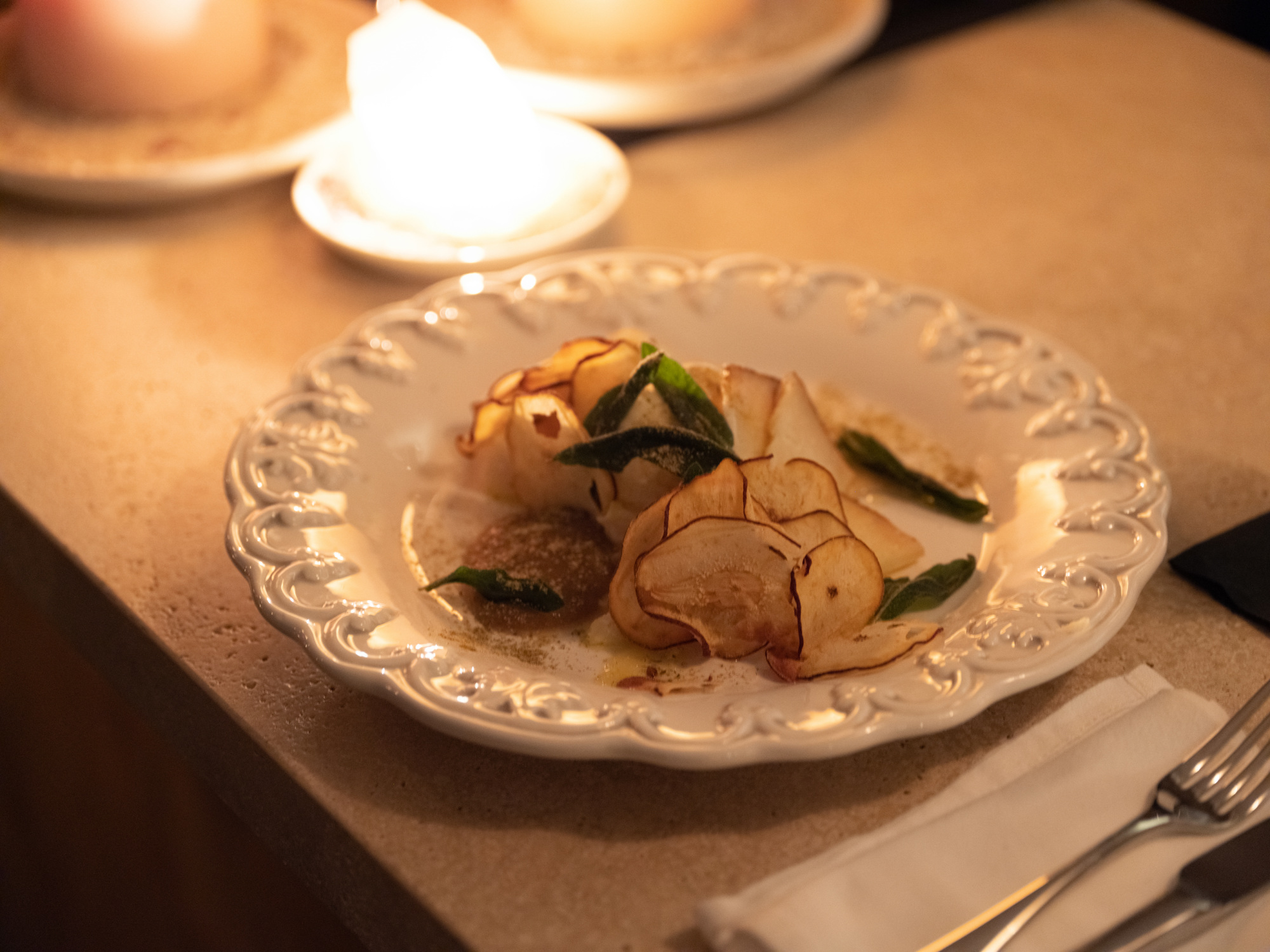

7. You will not leave hungry.
At Etrusca, the portions are abundant. (Yes, there’s bread service. And it involves housemade focaccia.) Da Prato explains that she isn’t interested in serving tiny portions of food that will leave diners feeling unsatisfied. She designed the menu so you can be just as satisfied sitting at the bar and ordering a bowl of Lucchesi-style ragu — a mixed-meat sauce seasoned with cloves and nutmeg that’s a bit different from the Bolognese ragu many folks might be used to — with homemade maccheroni and a glass of wine, or sharing a full meal with a larger group.
If you do go with a crew, be sure to try the salumi and formaggi plates. Da Prato sources cured meats locally from La Salumina, in Hurleyville, N.Y., along with a variety of pickled and oil-cured vegetables. She dusts the cheese plate with chamomile powder made with flowers from Treiber Farms in Peconic, N.Y., and includes honey from Andrew’s Honey from right here in New York, alongside a medley of imported Italian cheeses and olive oil.
Etrusca is open from 5 p.m. to midnight Thursdays to Sundays.
Katie Draisen is a Boston-based writer, bread baker, and private chef. Follow her on Instagram. Follow Resy, too.
Discover More

Stephen Satterfield's Corner Table















